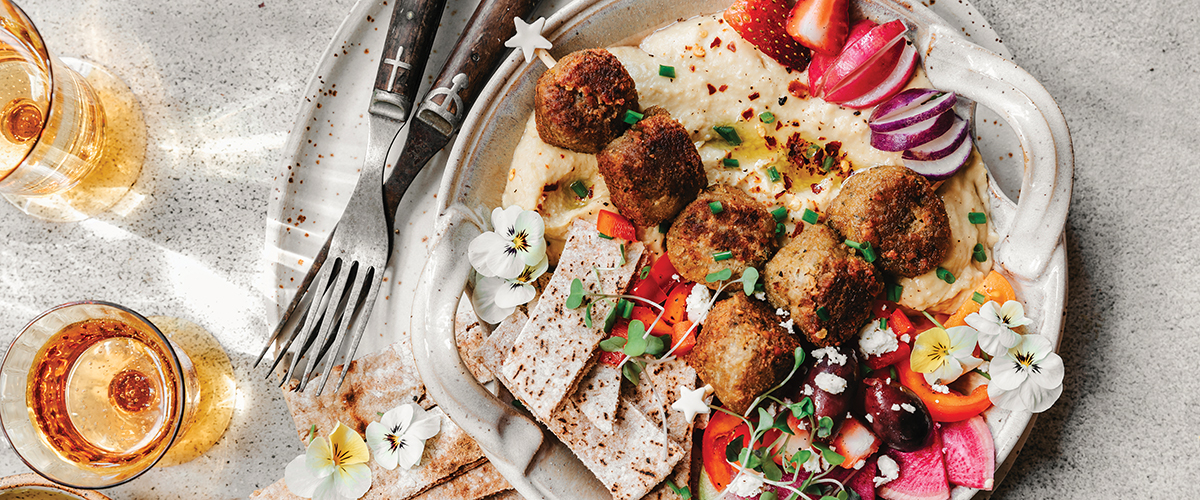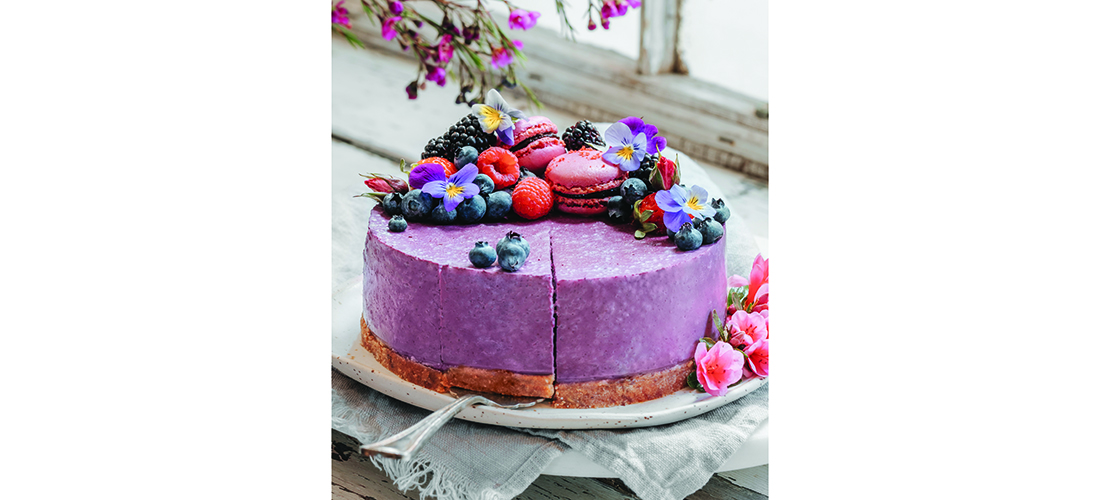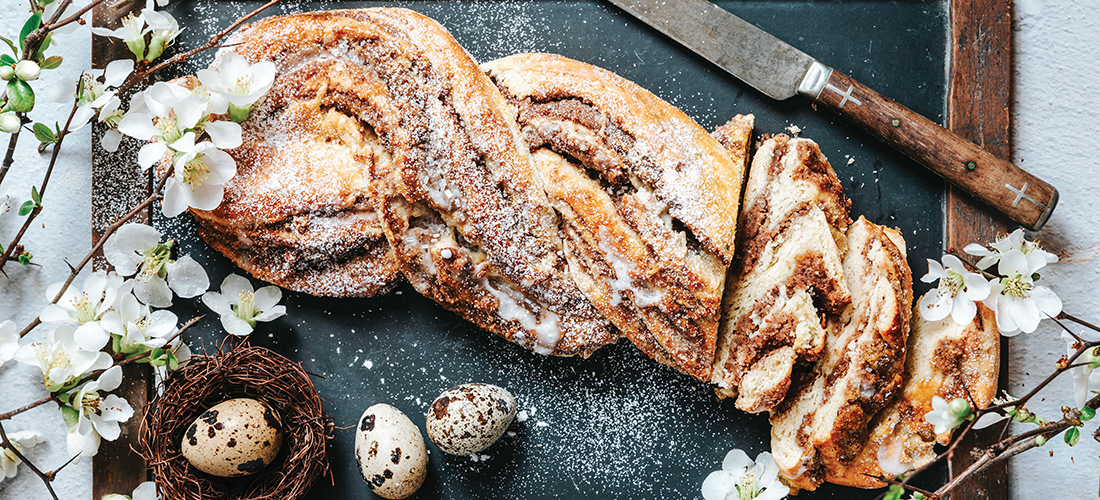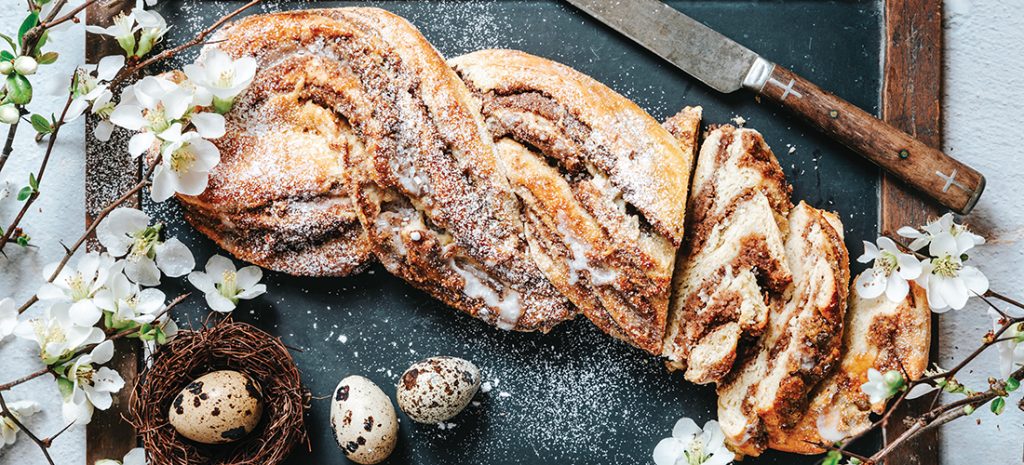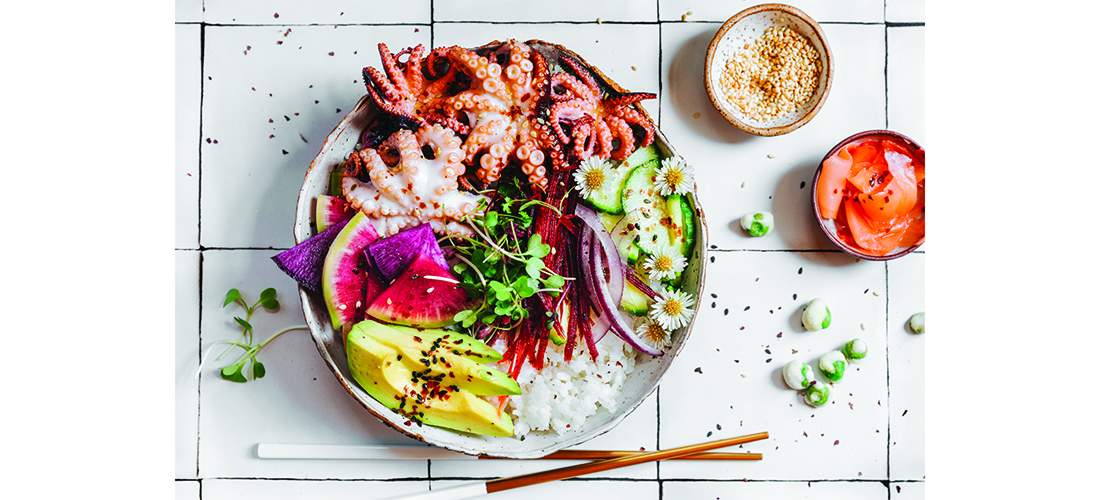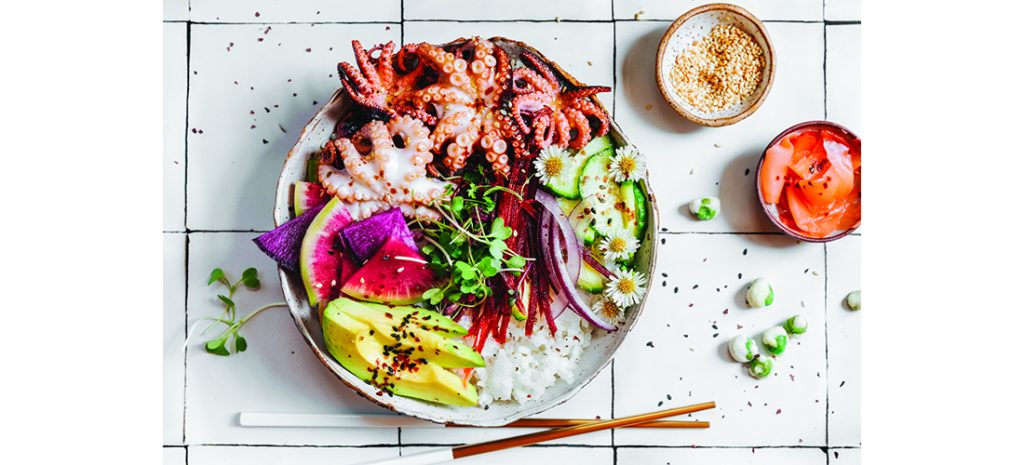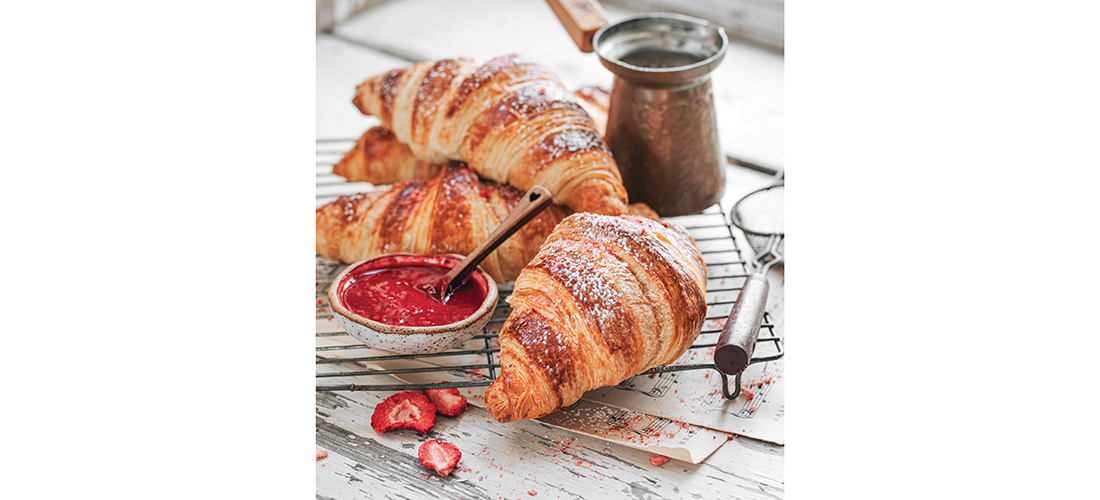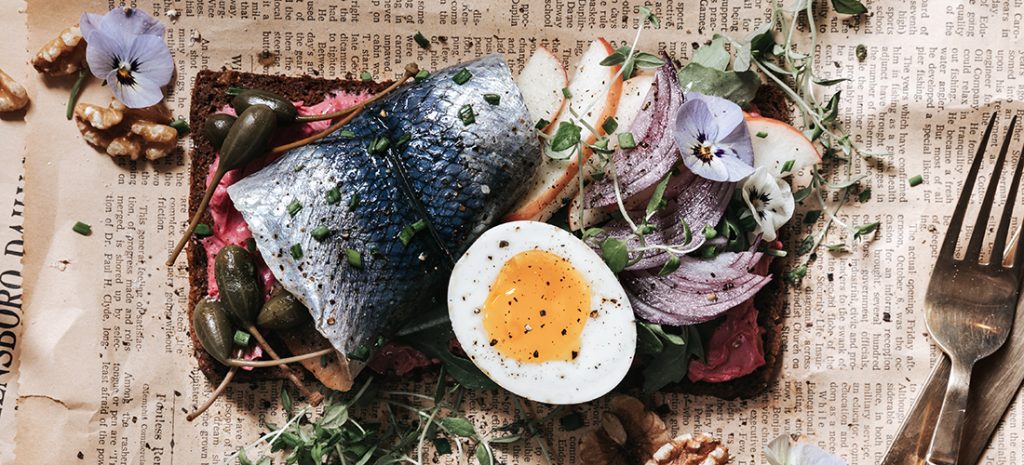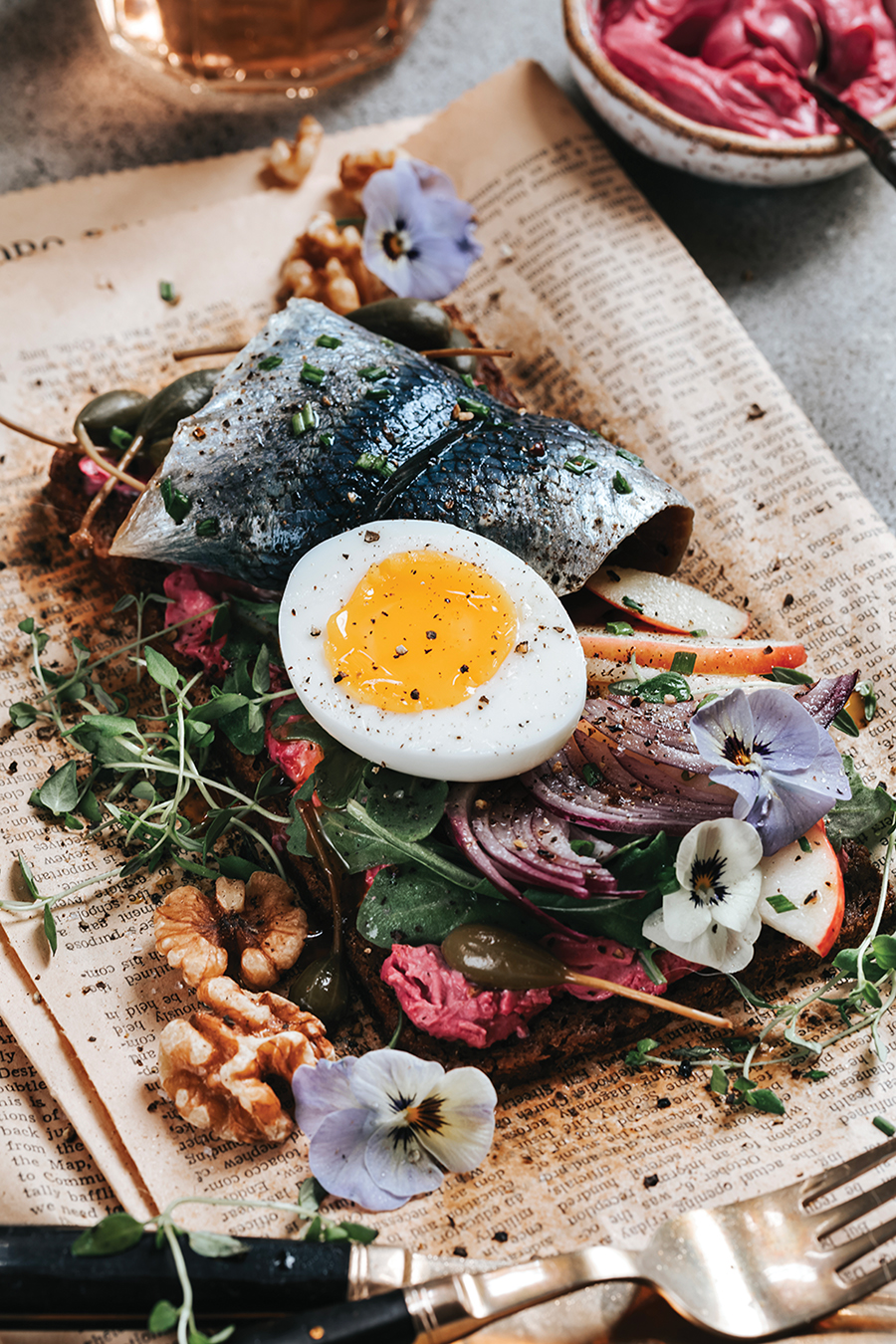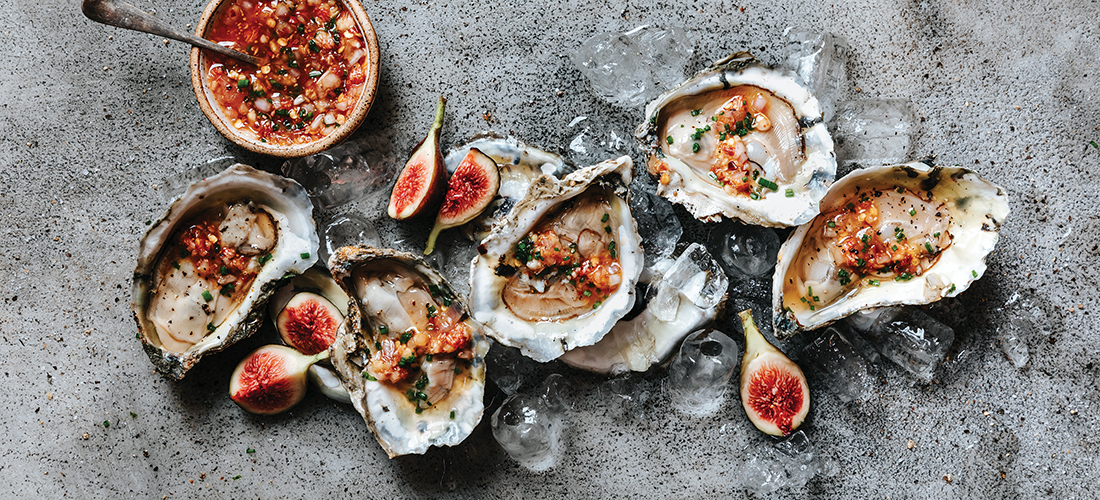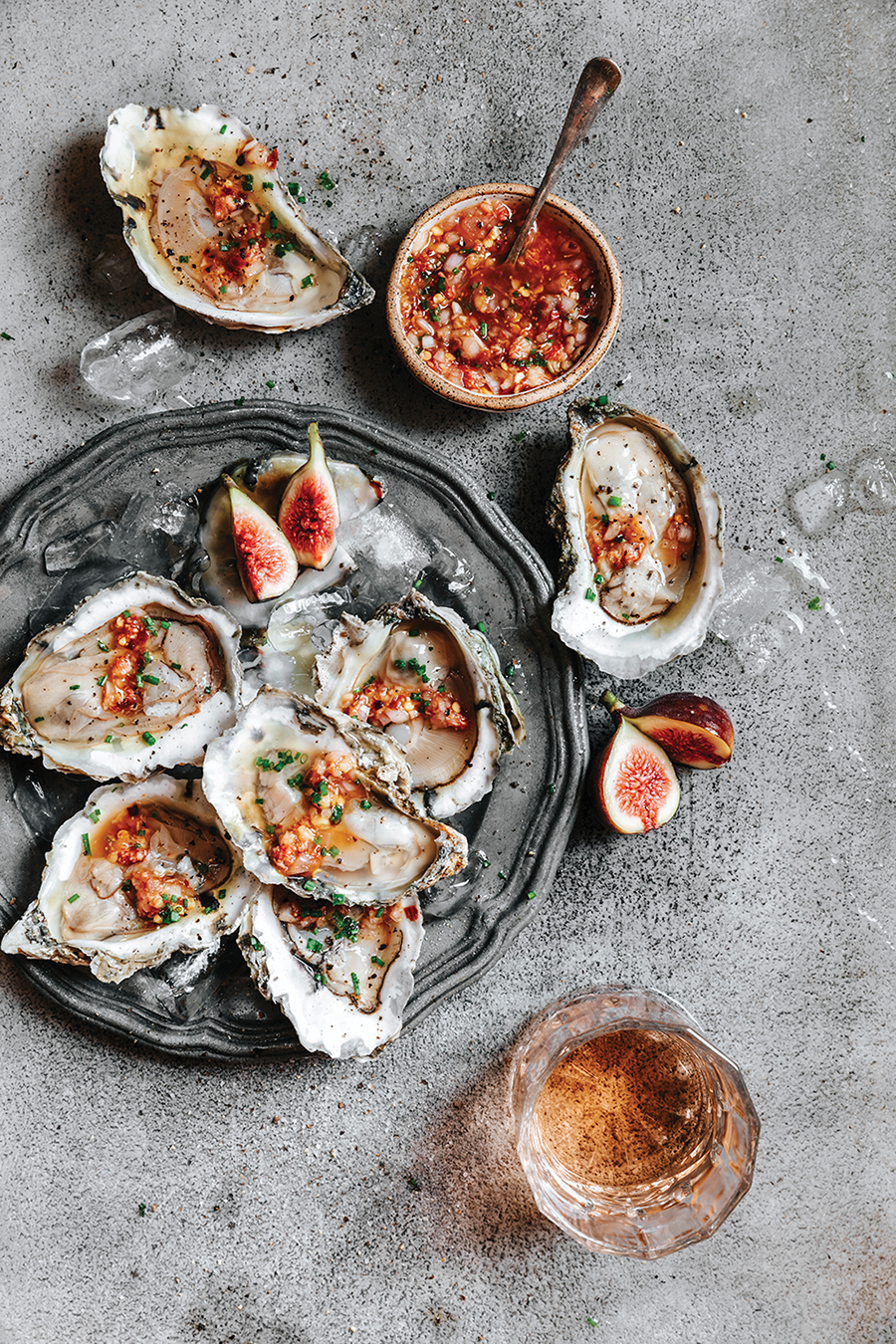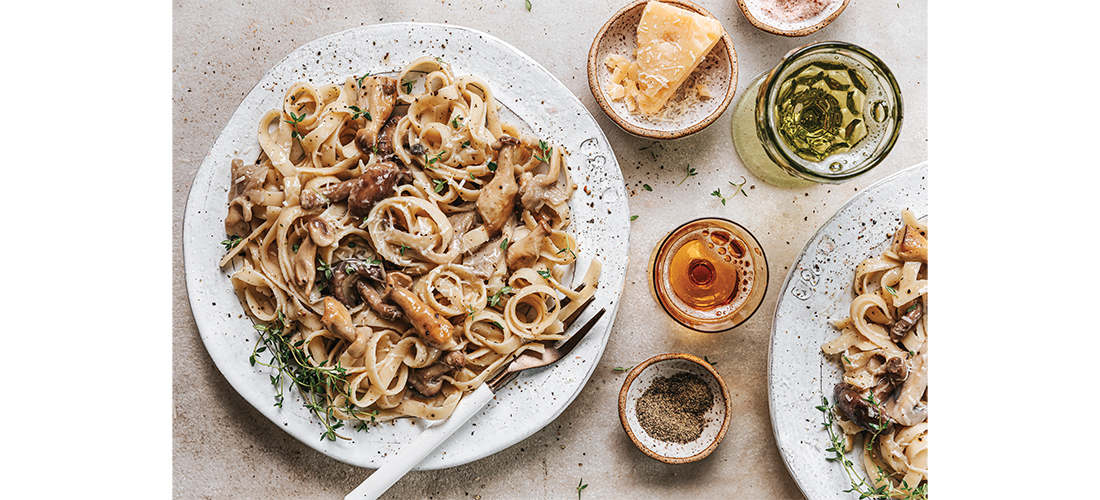Focus on Food
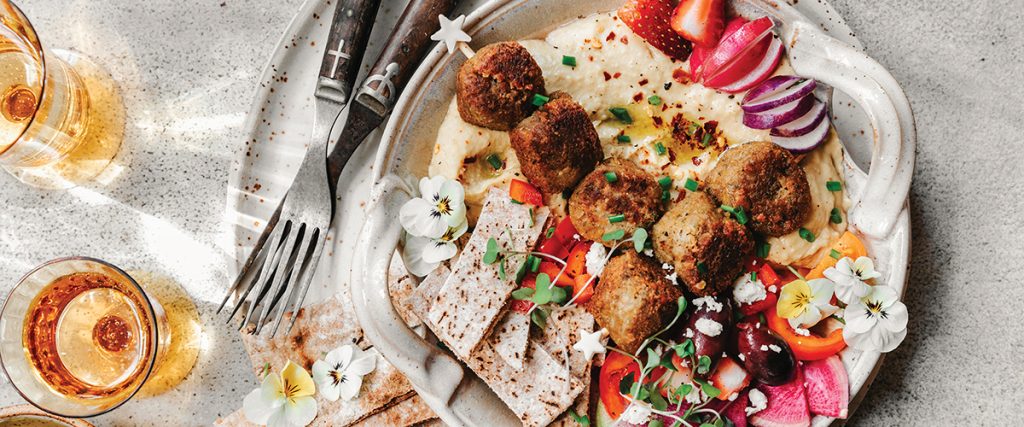
I Dream of Falafel
Iconic street food from the Levant
Story and Photograph by Rose Shewey
Do you know what North Carolina and North Africa have in common? We’re on the same latitude. Consider that for a moment! If you’re looking out onto the Atlantic Ocean in North Carolina you’re on par with Morocco. When inquisitive friends and family from overseas ask about the climate in our part of the world, I typically tell them that we may as well be in Casablanca. You know, if Casablanca was muggy.
I was so fortunate to visit North Africa and parts of the Levant in my younger years. I had just turned 18 and set up shop at the Costa del Sol in Spain for the summer. I vividly remember the day I was lounging at the beach in sunny Marbella; it was a particularly clear day, not a cloud in sight and the morning haze had just dissipated. As I gazed across the azure tinted Mediterranean sea, I saw her. I saw Africa and she was calling my name. Within less than 24 hours, I was on a ferry crossing over from Gibraltar, Spain to Tangier, Morocco. I was unaccompanied with little more than a small backpack, clutching on to my passport, ready to set foot on African soil.
North Africa is hands-down one of the most exotic and colorful places I have visited. While I have many rich memories of this trip, traversing the northern tip of Africa all the way from Morocco to transcontinental Egypt, what stands out the most is the allure of the Arab and Mediterranean cuisine, particularly the many different renditions of falafel I tried. No, I didn’t make it to Israel, the alleged home of the falafel where, rumor has it, you cannot turn around without ending up in the queue of a falafel shop. However, despite its popularity in Israel, most agree that falafel probably originated in Egypt. In fact, if you happen to go to a McDonald’s in Cairo, you’ll find McFalafel on the menu, bizarre as it may seem.
There are many reasons to love falafel. The most obvious is that these golden-baked, crispy balls drizzled with tahini sauce and stuffed into a fluffy pita or served as part of a meze are bursting with flavor. Falafel are also a fabulous gateway to a more plant-based life-style; with their meatball-esque texture, they leave little to be desired. June 12 marks the annual international falafel day, but why wait; there is no wrong time to enjoy the world’s oldest (and perhaps healthiest) fast food.
Falafel
(Makes about 20 balls)
Ingredients:
1 1/4 cups dried chickpeas, soaked overnight
1/2 cup onion, finely chopped
4 garlic cloves, crushed
1/2 cup flat-leaf parsley, finely chopped
1/2 cup cilantro, finely chopped
1/4 teaspoon cayenne pepper
1 teaspoon ground cumin
1 teaspoon salt
1/2 teaspoon cardamom
1/4 teaspoon black pepper
2 tablespoons chickpea flour
1/2 teaspoon baking soda
Avocado oil for frying (optional)
Drain the chickpeas and add them to a food processor along with the onions, garlic, parsley and cilantro. If you have a small food processor, mix in batches; pulse each batch for about 30 seconds until the ingredients are finely chopped and hold together well. Once processed, add the spices, chickpea flour and baking soda and mix by hand; if the mixture feels too dry, add 1-2 tablespoons of water. Cover and refrigerate the mixture for at least 1 hour before processing.
Using your hands or an ice cream scoop, form balls or patties (about 1 tablespoon of mixture per ball).
You can now deep-fry or bake your falafels. To deep-fry, add about 4 inches of oil to a heavy-bottomed pot and heat the oil to 350°F. Cook falafels in batches, for about 3-4 minutes until they are golden brown. Transfer to a paper-towel lined plate and serve immediately.
To bake the falafel, pre-heat the oven to 425°F. Place the falafel on a baking sheet lined with parchment paper, brush the top of your falafel with oil and bake for 25 minutes. Flip falafel halfway through baking. Serve right away. PS
German native Rose Shewey is a food stylist and food photographer. To see more of her work visit her website, suessholz.com.

